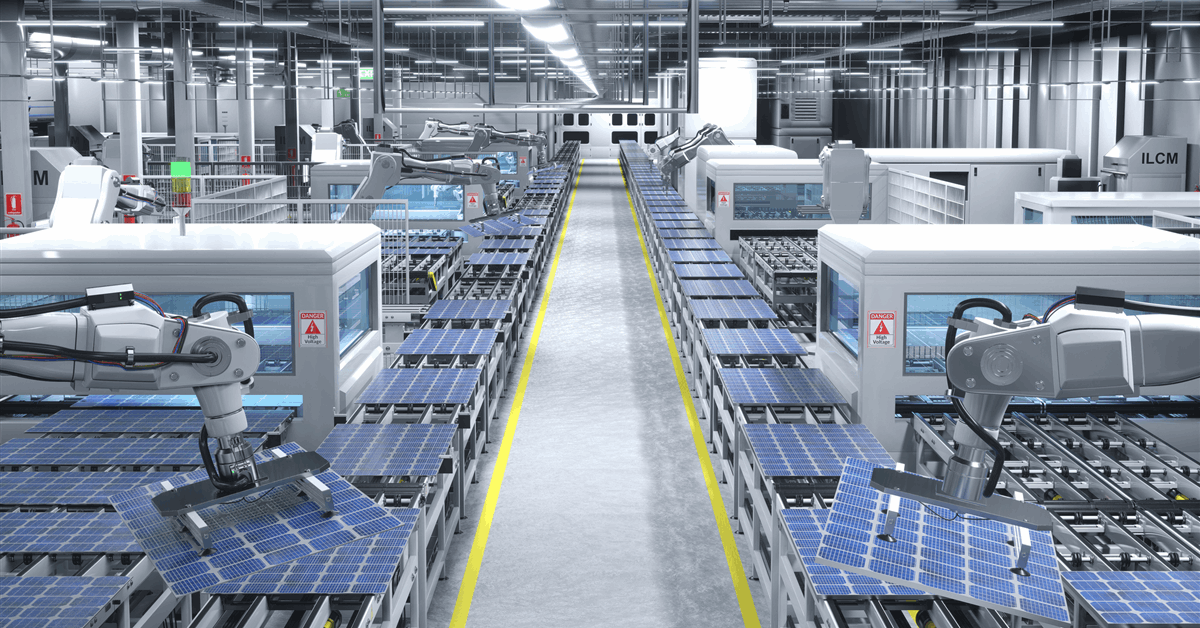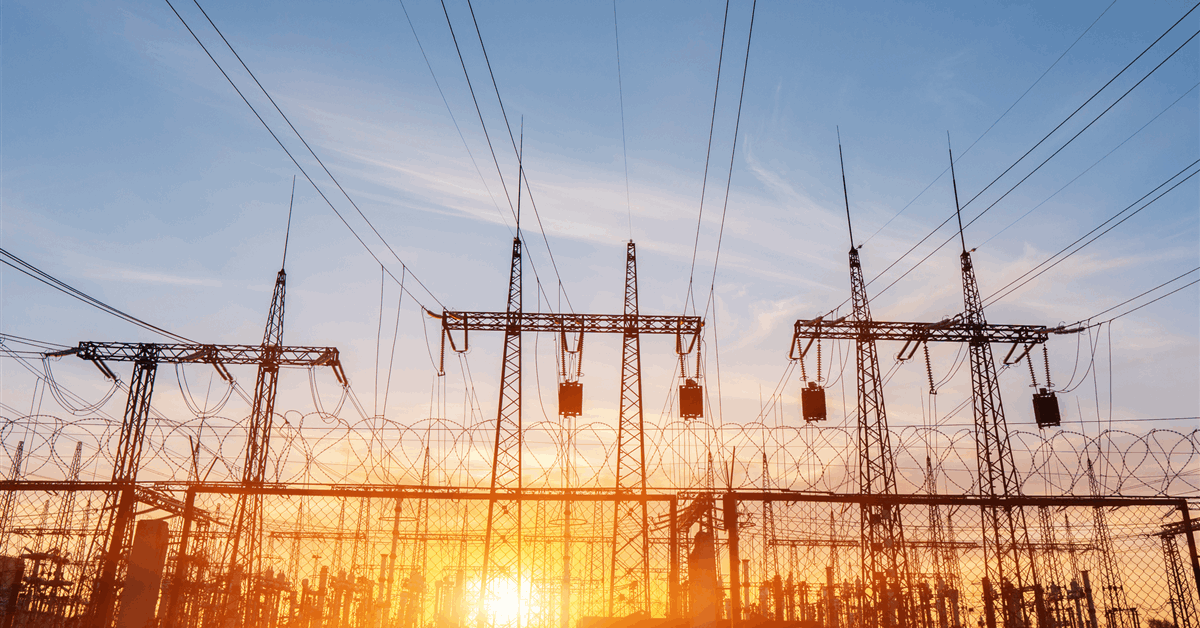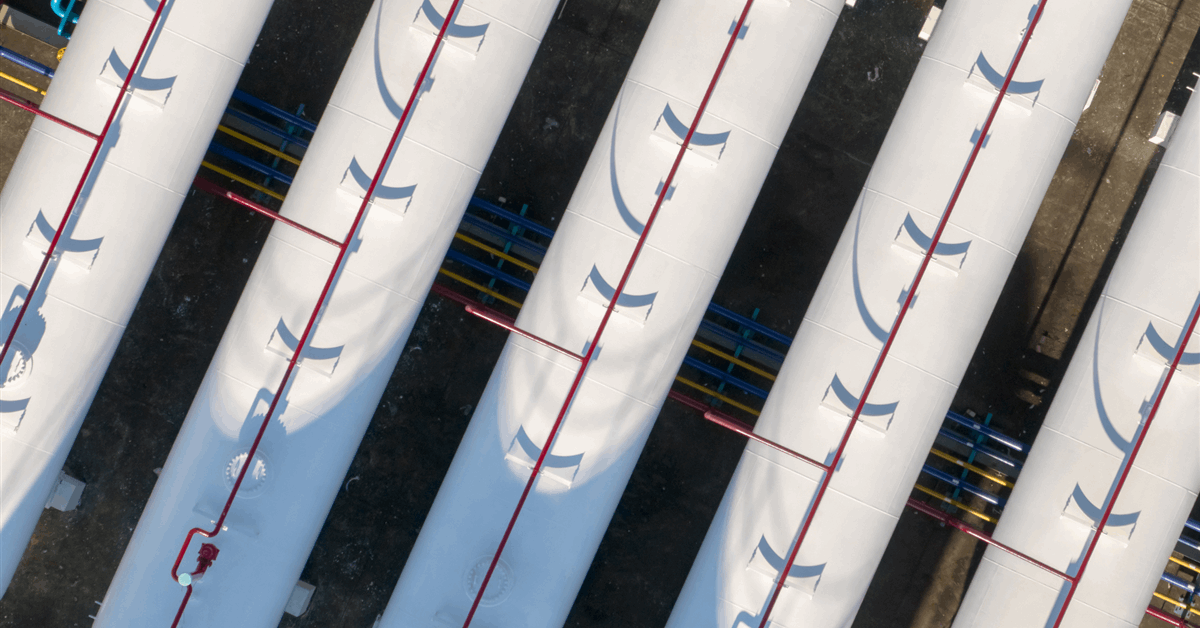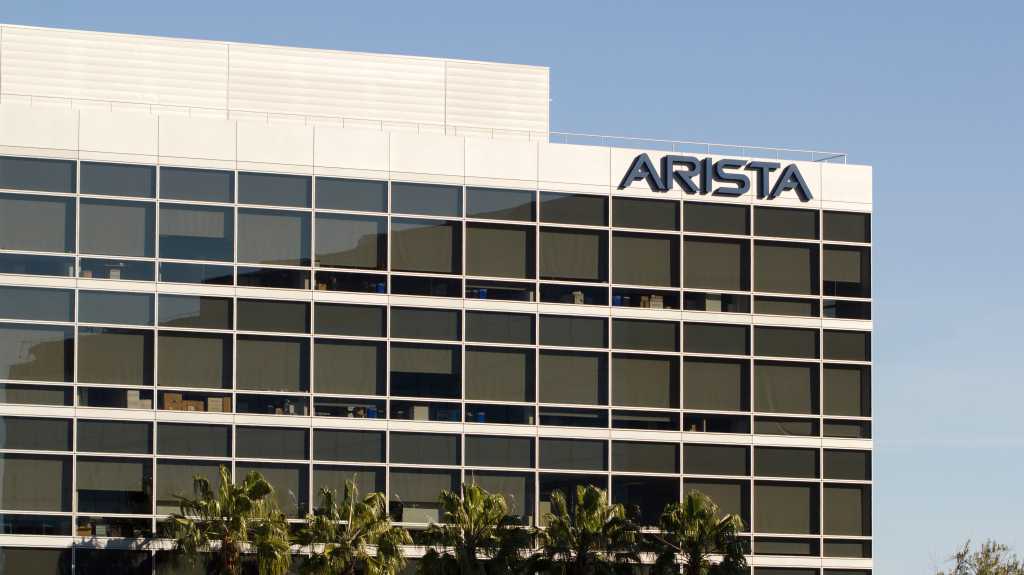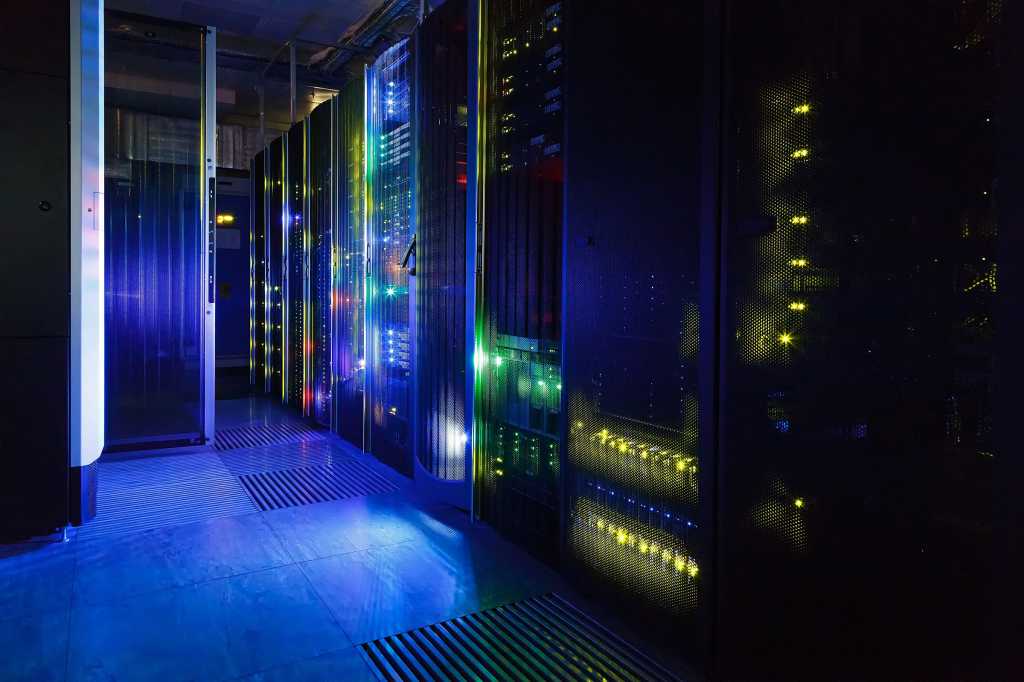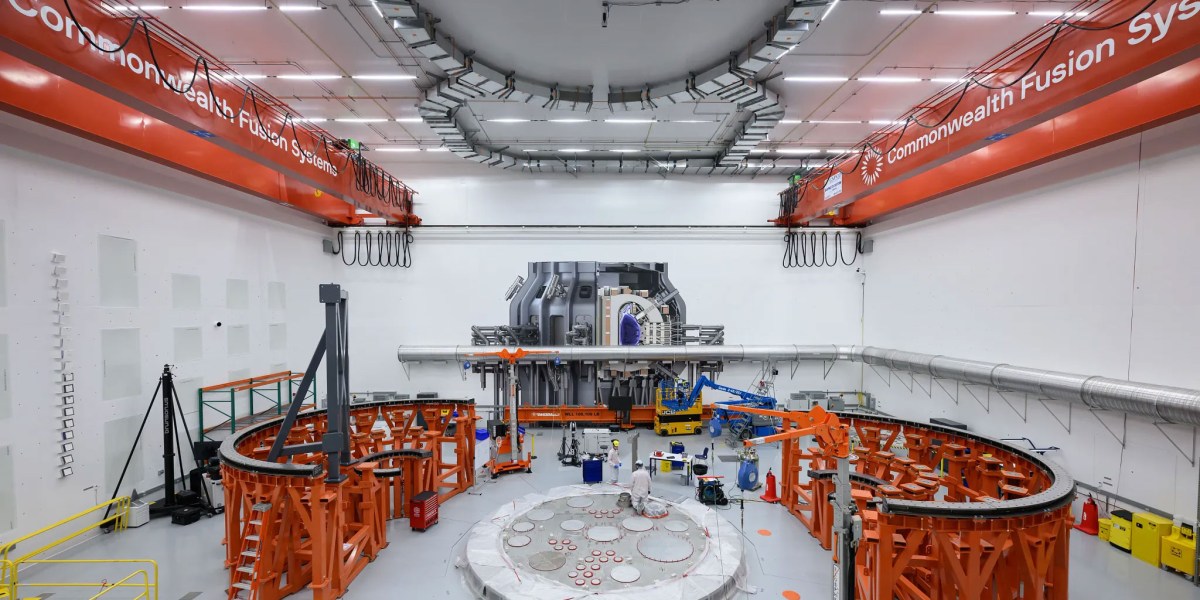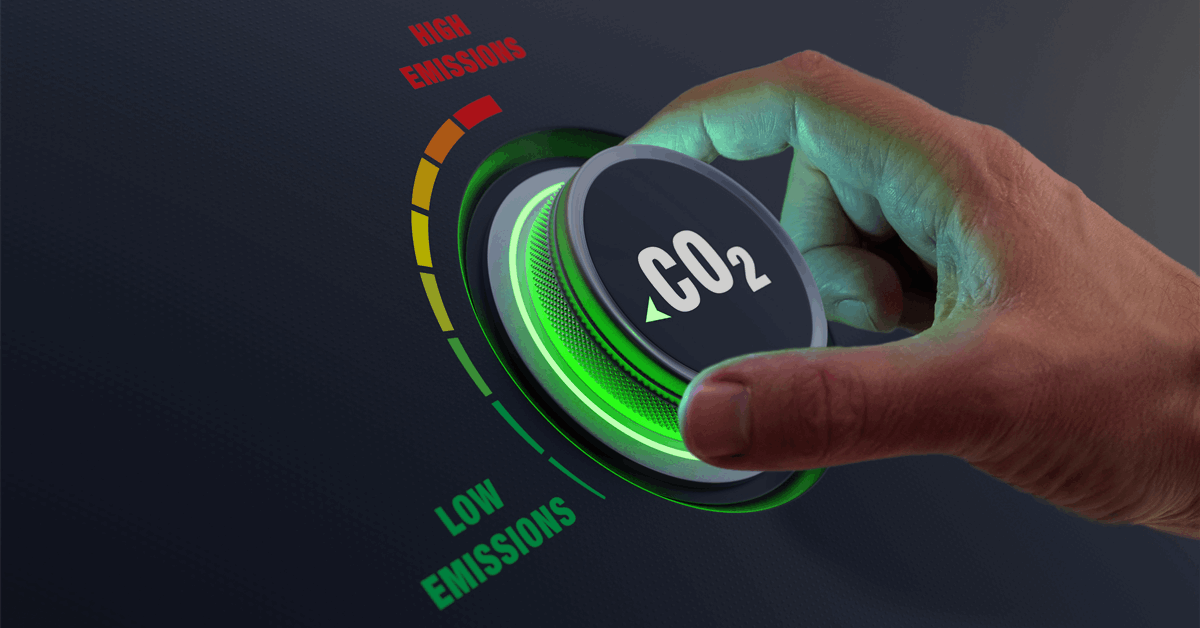
The European Commission proposed Wednesday an amendment to the European Union Climate Law to set a goal of a 90 percent net reduction in regional greenhouse gas emissions by 2040 compared to 1990, toward a climate-neutral economy by 2050.
The proposed intermediate target “does not prescribe specific policies, technologies or measures, leaving Member States flexibility, taking into account the regulatory framework to achieve greenhouse gas emission reduction targets”, the official text says.
The nearer intermediate aim of a 55 percent net reduction by 2030 comes with binding policies toward the legally binding target of net zero by 2050.
The 2040 proposal is based on an impact assessment by the Commission that found “a reduction of 90-95 percent was the most proportionate to bring the EU economy to climate neutrality by 2050 and for the EU to contribute to global climate action in accordance with the Paris Agreement temperature goals of limiting the temperature increase to well below 2ºC above pre-industrial levels and pursuing efforts to limit the temperature increase to 1,5°C above pre-industrial levels”, the text states.
The impact assessment took into account progress toward the 2030 reduction aim. The assessment used economic modeling to analyze the evolution of emissions by sector and the contribution of technologies needed to reach net-zero emissions.
A Commission analysis published May said the EU was on course to fulfil the 2030 aim, despite saying efforts needed to go beyond existing policies. The projection relies on the 27 member states fully implementing their National Energy and Climate Plans.
In a statement for the 2040 proposal, the Commission said, “One central element is flexibilities that the Commission will consider in designing the future legislative instruments to achieve this 2040 climate target”.
“These include a limited role for high-quality international credits starting from 2036, the use of domestic permanent removals in the EU Emissions Trading System, and greater flexibilities across sectors to help achieve targets in a cost-effective and socially fair way”, the Commission said.
“Concretely, this could give a Member State the possibility to compensate for the struggling land use sector with an overachievement on reducing emissions on waste and transport.
“The Commission proposal emphasizes the importance of accelerating and strengthening the right enabling conditions to support this 90 percent target. These include a competitive European industry, a fair transition that leaves no one behind, and a level playing field with our international partners”.
It said it had “substantial engagement” with national governments, civil society, citizens, the European Parliament and other stakeholders before formalizing the proposal.
The proposal needs to be discussed by the European Parliament and Council before adoption.
Commission President Ursula von der Leyen said in a statement, “As European citizens increasingly feel the impact of climate change, they expect Europe to act. Industry and investors look to us to set a predictable direction of travel. Today we show that we stand firmly by our commitment to decarbonize European economy by 2050. The goal is clear, the journey is pragmatic and realistic”.
Earlier on Monday the Commission reported 85 percent of EU citizens viewed climate change as a serious problem and that 77 percent agreed that the cost of damage was much higher than the investment needed toward net zero. The numbers were based on interviews with nearly 26,500 people “from different social and demographic groups across all 27 EU Member States”.
To contact the author, email [email protected]
WHAT DO YOU THINK?
Generated by readers, the comments included herein do not reflect the views and opinions of Rigzone. All comments are subject to editorial review. Off-topic, inappropriate or insulting comments will be removed.
MORE FROM THIS AUTHOR






